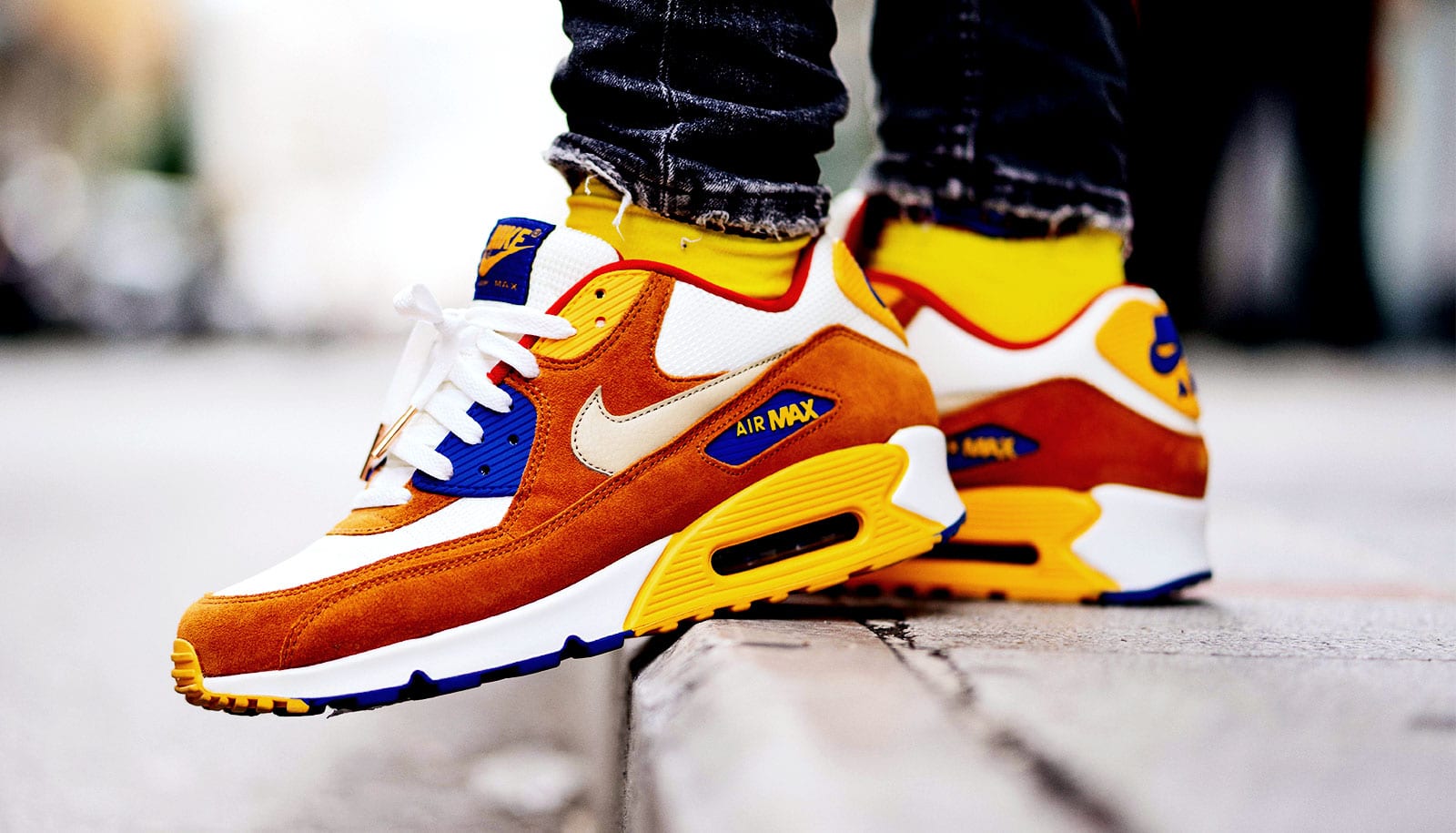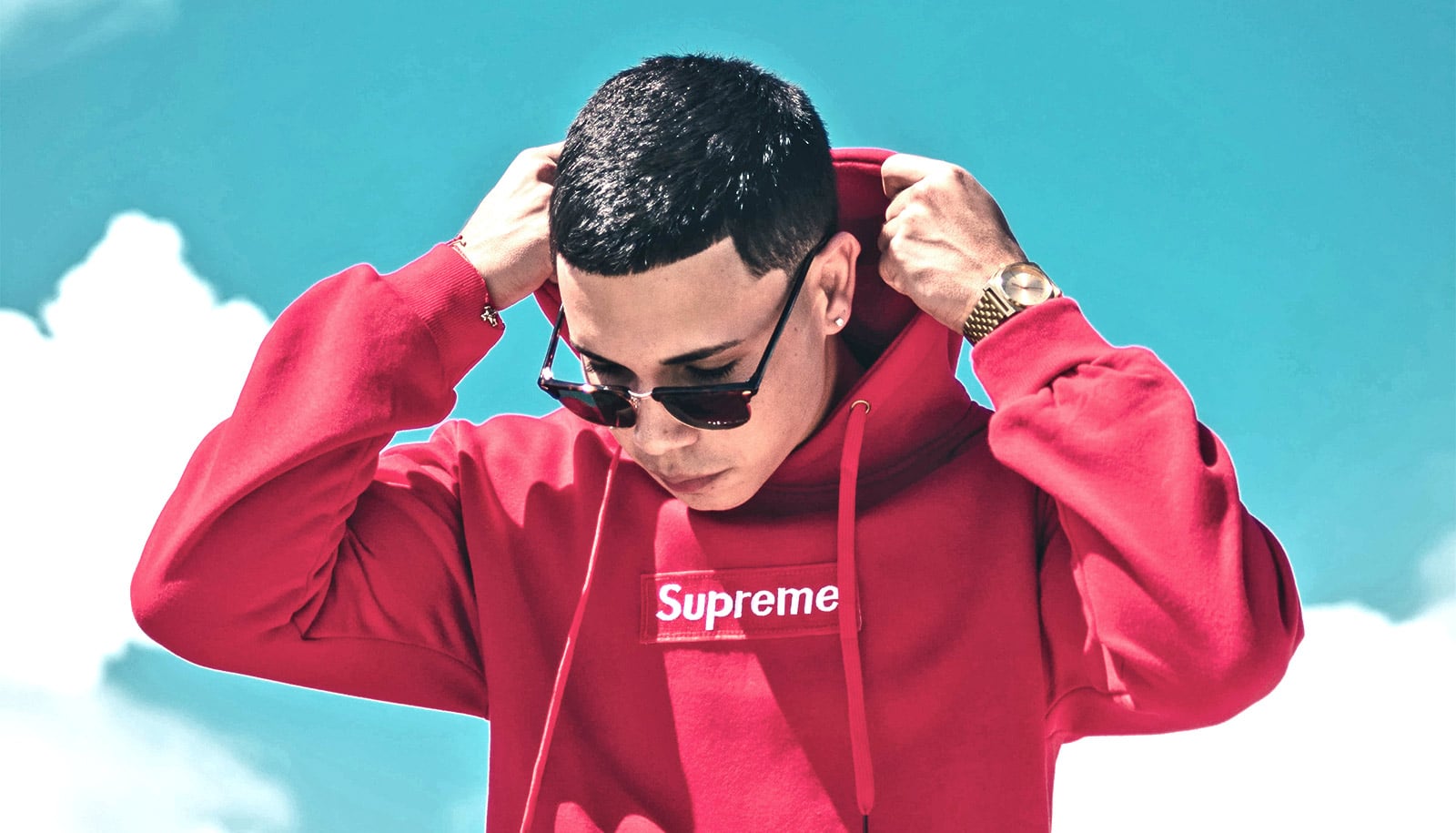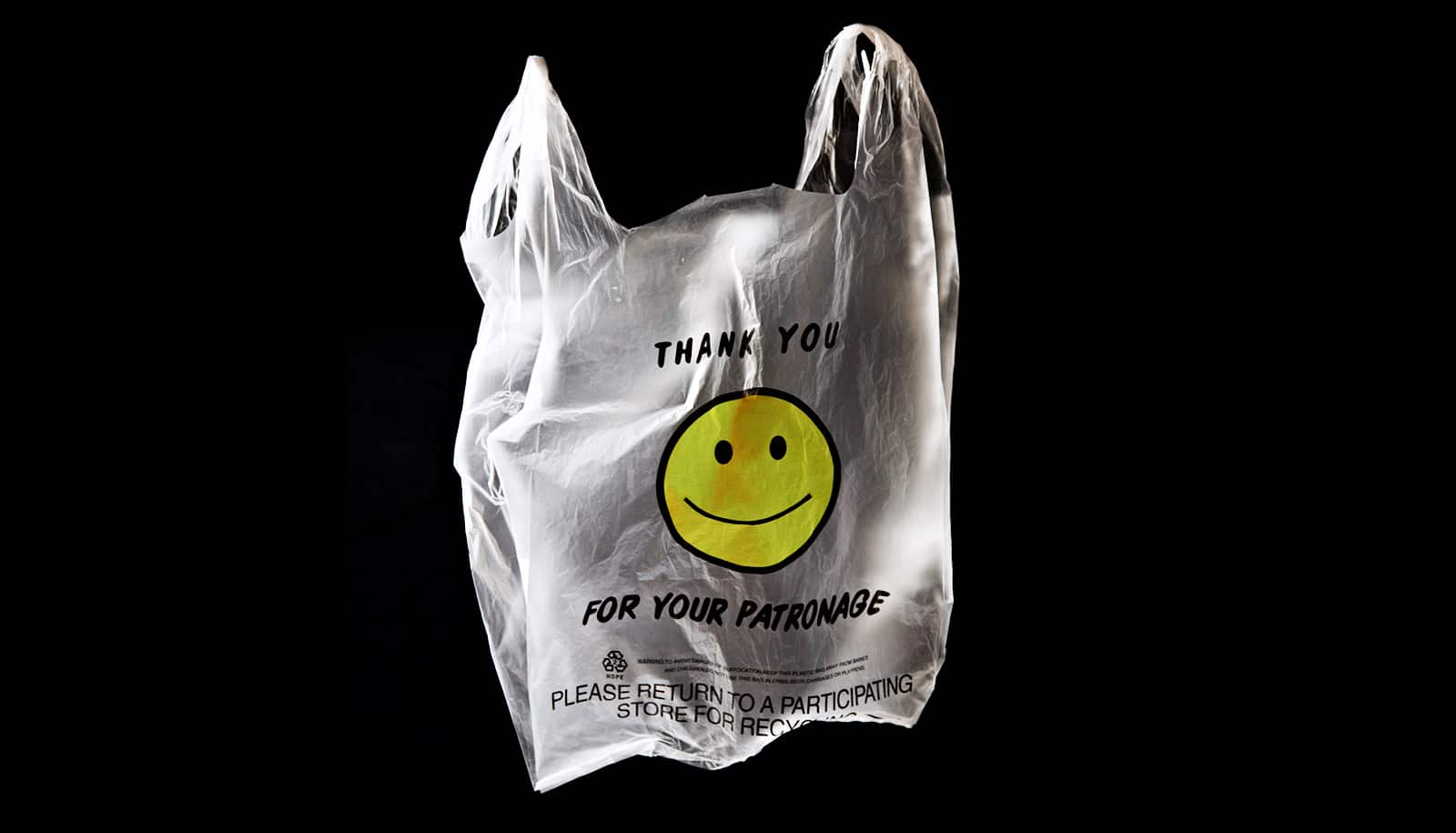A new, small study finds that for “Sneakerheads,” sneakers are an important facet of their identities, particularly for African-American men who grew up in the 1970s and ’80s coveting sneakers popularized by hip-hop stars and basketball legends.
Researchers report new insights into the motivations, brand preferences, and identity considerations of Sneakerheads. The findings were drawn from interviews with 12 men in the mid-Atlantic region of the United States, many whom are African-American, and all whom self-identified as Sneakerheads. The findings help inform marketing efforts, and help fill a void in academic literature on the topic.
“‘I’m looking to see what kind of shoes you have, how you’re matching it. That lets me know you’re my kind of people.'”
“As a researcher who looks at consumer behavior and trends that apply to my industry in fashion and apparel, any sort of trend that’s out there getting a lot of attention, I’m drawn to,” says lead author Delisia Matthews, assistant professor of textile brand management and marketing at North Carolina State University’s Wilson College of Textiles. “I want to know the ‘why’ behind a trend. What’s motivating people to go after a particular trend? What are the drivers and the brand preferences?”
In the article, researchers described the history of Sneakerhead sub-culture and defined what it means to be one: to have a strong interest in sneaker history, to seek out rare and exclusive sneaker collections, and to admire, collect—and sometimes re-sell—sneakers.
Based on the interviews, three themes emerged about the motivations and preferences of Sneakerheads. The first theme, which the researchers called “Back in the Day,” references the importance of history to Sneakerheads. Matthews says many Sneakerheads trace the origin of the movement to the 1970s and ’80s, when sneakers were popularized by basketball icon Michael Jordan, and also by hip-hop stars who were known not just for their unique rhythms, rhymes, and lyrics, but also for their style or their “swag.”
“I think one of the key pivotal groups that focused on sneakers would be Run-DMC,” Matthews says. “One of the shoes they made popular were the Adidas Shell Toes. It was a staple, and they even made a song about it. People were paying attention not only to what was coming out of their mouths, but also what they were wearing.”
The second theme, “All About the Jumpman,” references the importance of Jordan and the release of the Nike Air Jordan Is in 1985. The logo is now the “Jumpman,” and Matthews says the Nike Air Jordan is “the gateway into being a Sneakerhead.”
“When Michael Jordan came out with his shoes, because he was such a pivotal figure and his performance was like no other, people wanted to be like Mike, and wanted to wear his shoes,” she says. “With his notoriety, and what he stood for in the African-American community in that time, people just wanted to have those shoes to emulate what he stood for, and his performance. A lot of my participants that we talked to, when we talked about the nostalgia piece—it related to Michael Jordan.”
In addition to basketball shoes, there are some other athletic shoes that are noteworthy, such as the Adidas Ultraboost running shoe, as well as celebrity collaborations. Matthews says celebrity collaborations are especially important for many younger Sneakerheads.
The last theme, which Matthews says was the most surprising, was called “For Members Only.” They found a common trend among study participants to feel a sense of community and also exclusivity in regard to Sneakerhead sub-culture. And while they felt connected to other Sneakerheads who understand and respect the history and culture of sneakers, they also expressed an “us versus them” attitude toward others they called “Hypebeasts.” Hypebeasts were described as people who hop on sneaker trends or are just interested in the resale value of the shoes.
The researchers also found that for many Sneakerheads, sneakers are important to their social identities, which is the concept of being self-related to the groups they belong to. Matthews says sneakers are part of how Sneakerheads connect. They share norms, practices, and even a vocabulary, such as the term “drops,” which references the release date for a certain shoe, and “color way,” which is the particular color scheme a shoe might come in.
“The lightbulb came on for me when one participant told me, when he goes to an event, he doesn’t make eye contact first,” she says. “He makes shoe contact first, meaning: ‘I’m looking to see what kind of shoes you have, how you’re matching it. That lets me know you’re my kind of people.’ It’s definitely a way that they connect, it’s a way that they are able to look to see if those people are part of their group memberships or not.”
Matthews says the findings are important because they could help brands better understand and serve their consumers. They could also help to eliminate misconceptions about Sneakerheads, she says.
“Sometimes when we see trends, people make this huge assumption that these are people who can’t control their spending habits, or they’re being wasteful,” she says. “But when you dig into it, it’s deeper than that. It has to do with identity, and nostalgia. I could be the voice of the consumer, and really advocate for them, and understand their motivations —getting past assumptions that people might make.”
In future studies, Matthews plans to explore brand preferences and interests of female Sneakerheads, who are also an important market for brands to consider.
The study appears in Fashion and Textiles.
Source: NC State



